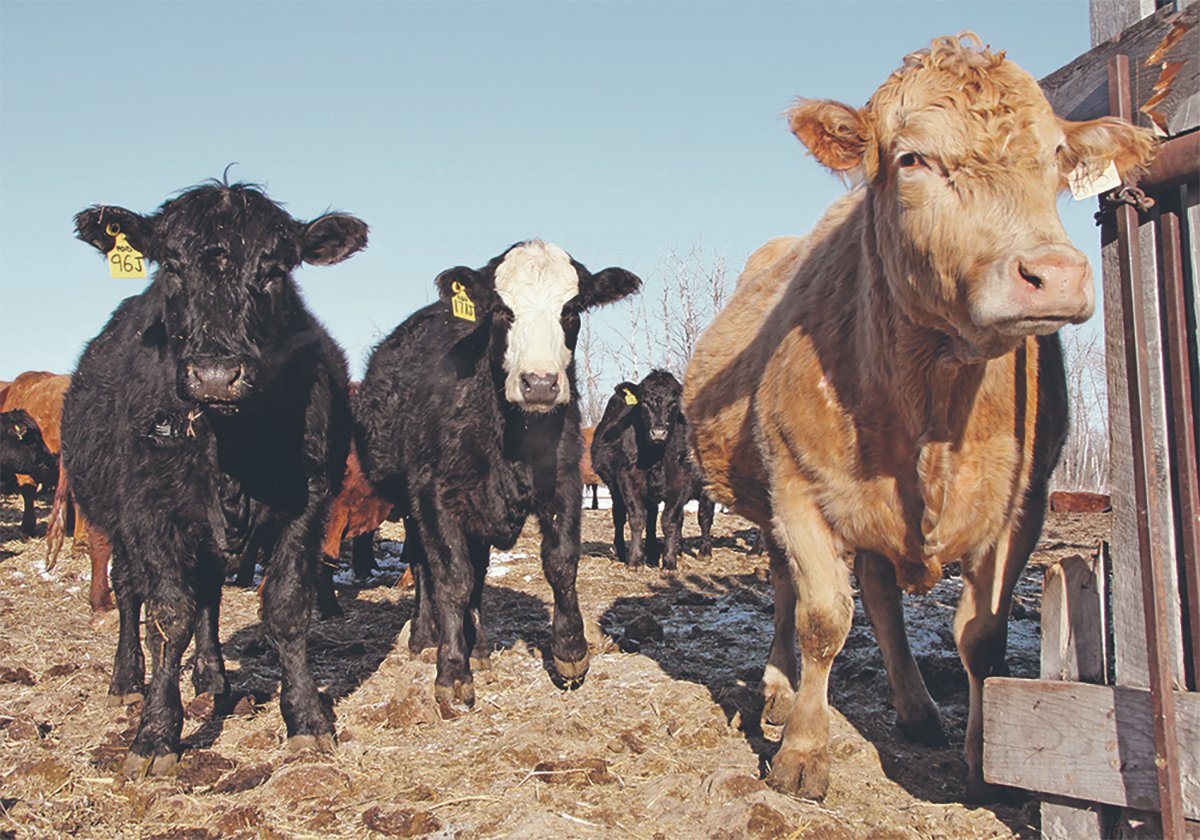REGINA —Russ and Linda Crawford opted for Lowlines when they decided to downsize their cow herd.
“We had some Black Angus, and my wife found them to be too big and people wanted a smaller cut of meat that was grass fed,” he said after the Lowline show at Canadian Western Agribition Nov. 11-16.
The Crawfords won the grand champion female banner at the show and reserve champion bull. They took reserve bull and female with different animals at Farmfair in Edmonton the previous week.
Read Also

Livestock inspection costs increase in Saskatchewan
The Sept. 1 50-cent increase to livestock inspection fees may seem like another hit when everything is going up, but the chief executive officer of Livestock Services of Saskatchewan said producers should consider the value they receive in return.
The decision to create High Point Lowlines at their Victoria farm five years ago has taken them across the continent as they look for new genetics to add to their 60 head herd.
They first heard about Lowlines when Russ read a magazine article about the breed and its possibilities. He started to research them on the internet and the couple ended up buying a bred Lowline cow with a calf at side and a bull.
They have bought cattle from across Canada and the United States. They have also started showing cattle in a big way to promote their own genetic program as well as find new breeding opportunities.
They show their cattle in Washington state, the Interior Provincial Exhibition in Armstrong, B.C., Farmfair in Edmonton and the National Western Stock Show in Denver. This year was the first time the breed appeared at Agribition with 35 head.
The Crawfords’ greatest challenge is getting off Vancouver Island with trailer loads of cattle.
“We load everybody on a 24 foot trailer and head across on the ferry from Swartz Bay,” he said.
Crossing to the Mainland to either Vancouver or Washington takes a couple hours, which is stressful for cattle standing in a trailer.
“You think you have them in good shape and when you get there, they have lost 150 pounds,” he said.
They sell seedstock as close as Salt Spring Island and as far away as Ft. St. John, B.C., but they also offer farmgate sales of 10 to15 head per year.
They sell beef jerky, pepperoni and packaged beef patties as well as specific cuts by customer request.
All cattle receive ultrasound tests for back fat and rib eye size and are DNA parentage verified.
Calves arrive in late March.
The fullbloods have an average birth weight of 55 pounds, which goes up 10 to 15 lb. if they are crossed with Angus.
Other winners at Agribition included grand champion bull, Tunk Mountain Ranch of Riverside, Washington and reserve female, Idaho Lowline Cattle Company of Hayden, Idaho.

















